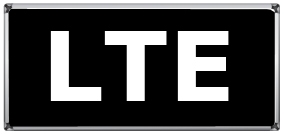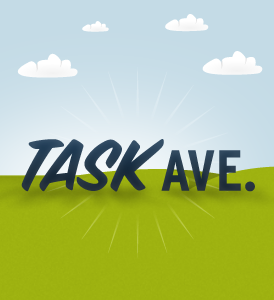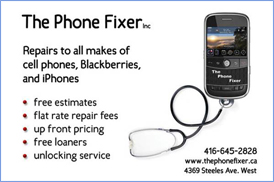Rogers CTO, Bob Berner, re-affirms commitment to LTE

During Rogers’ earning call this morning, CTO Bob Berner talked about Rogers’ multi-year commitment to building an extensive, Canada-wide LTE (Long Term Evolution) network. LTE is the name of the technology that sits behind the 4G moniker that is becoming more pervasive throughout the developed world.
Besides announcing a localized trial in Ottawa/Kanata last October, the company has been mum on how they plan to move forward on this. This has now changed, and this morning I had a chance to talk to Bob about their plans for the technology moving forward.
“The ecosystem for LTE is developing much faster than we could have imagined even a couple years ago,” says Bob. “We’ve seen a big spurt of activity in terms of actual deployments and commitments from significant global operators.”
Rogers, taking the lead from operators in Europe and the United States, has committed to a multi-year LTE deployment across Canada, which will work harmoniously with its current HSPA+ network. “Our 3G+ network reaches over 90% of the Canadian population,” he says, though he wouldn’t give assurances LTE will reach that level of service any time soon.
“We’ve seen more and more operators committing to LTE. And it has a recursive effect, spurring manufacturers to commit to releasing devices much quicker as a result. It’s help guide our decision to moving directly to LTE,” Berner emphasizes.
Current forms of LTE can transmit data in excess of 100Mbps, as opposed to the theoretical maximum of 42Mbps with current HSPA+ networks. Beyond speed, however, is the advantage of latency: LTE networks have much lower latency than 3G. That means for every web site you pull up on your iPhone, or every game you play on your Nexus S will have exponentially quicker responses from the server, and back to your phone, than current 3G networks.
Berner also talked about higher sustained speeds, too. Sure, HSPA+ networks have a theoretical maximum of 42Mbps, but even devices that support those high speeds cannot sustain more than 3-6Mbps, depending on conditions. LTE offers sustained download speeds of 10Mbps+.
He also spoke of Rogers’ commitment to a multi-frequency LTE network. Like its HSPA+ counterpart, the operator plans to launch LTE in low- and high-frequency combinations, ensuring excellent signal and throughput both in- and outdoors. Currently, Rogers has obtained an experimental license for the 700Mhz spectrum, combining it with its existing AWS spectrum it purchased in 2008.
Berner wouldn’t give a timetable for LTE release, or which cities would receive the treatment first, but you can rest assured the GTA will be among the first to receive the widely-anticipated infrastructure upgrade as they begin the slow deployment process later this year.
Amusingly, Berner noted that, unlike its US counterparts like T-Mobile and AT&T, when Rogers refers to 4G going forward, it will be referring to its burgeoning LTE network, and not its existing HSPA+ network. This is a smart move on their part, ensuring a clear delineation between generations.
Source: RedBoard









